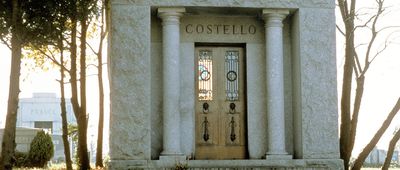Small Wonders
Philadelphia has the Liberty Bell. New York has Ellis Island. San Antonio has the Alamo. U.S. history isn't just confined to its metropolises, though. Foundations and turning points can be found in the most unlikely of places, including small towns and dust-blown fields. Here are a few places with a much bigger effect than their populations would suggest. Do you have a favorite that's not listed here? Tell us in the comments.
Related: Attractions to See While Driving Across the Country





























